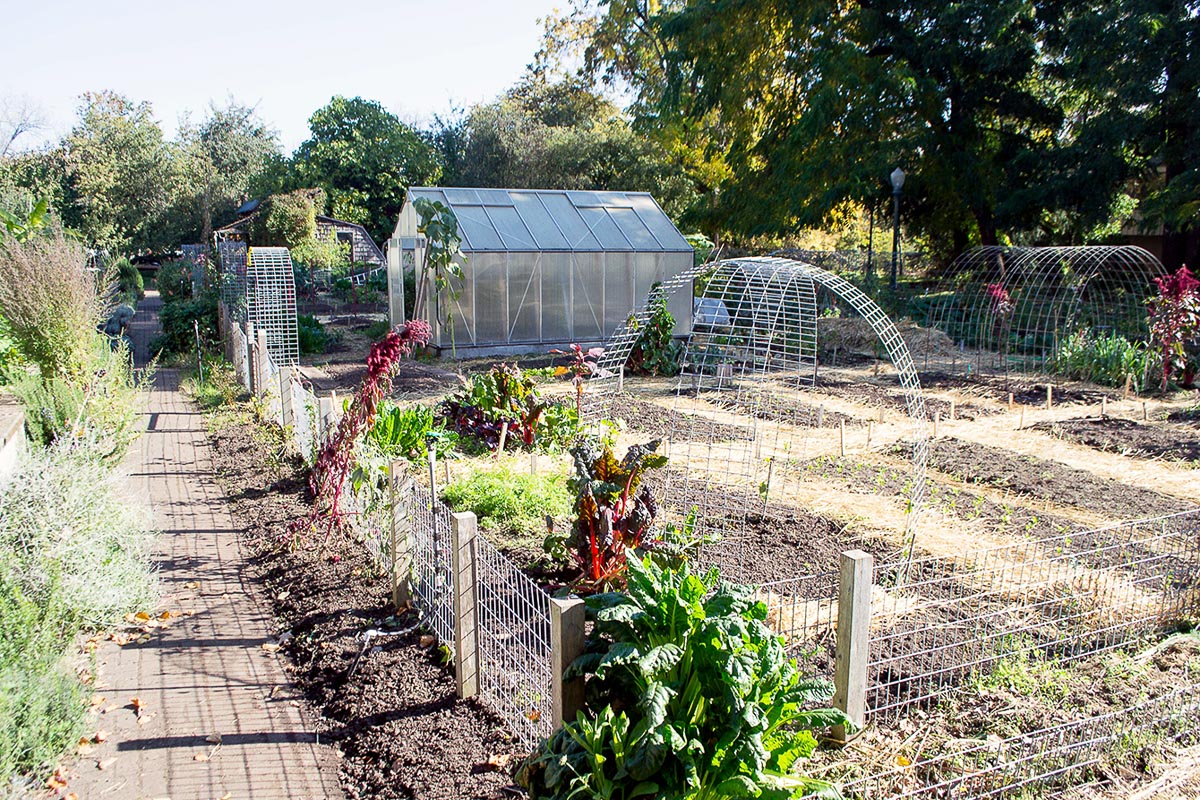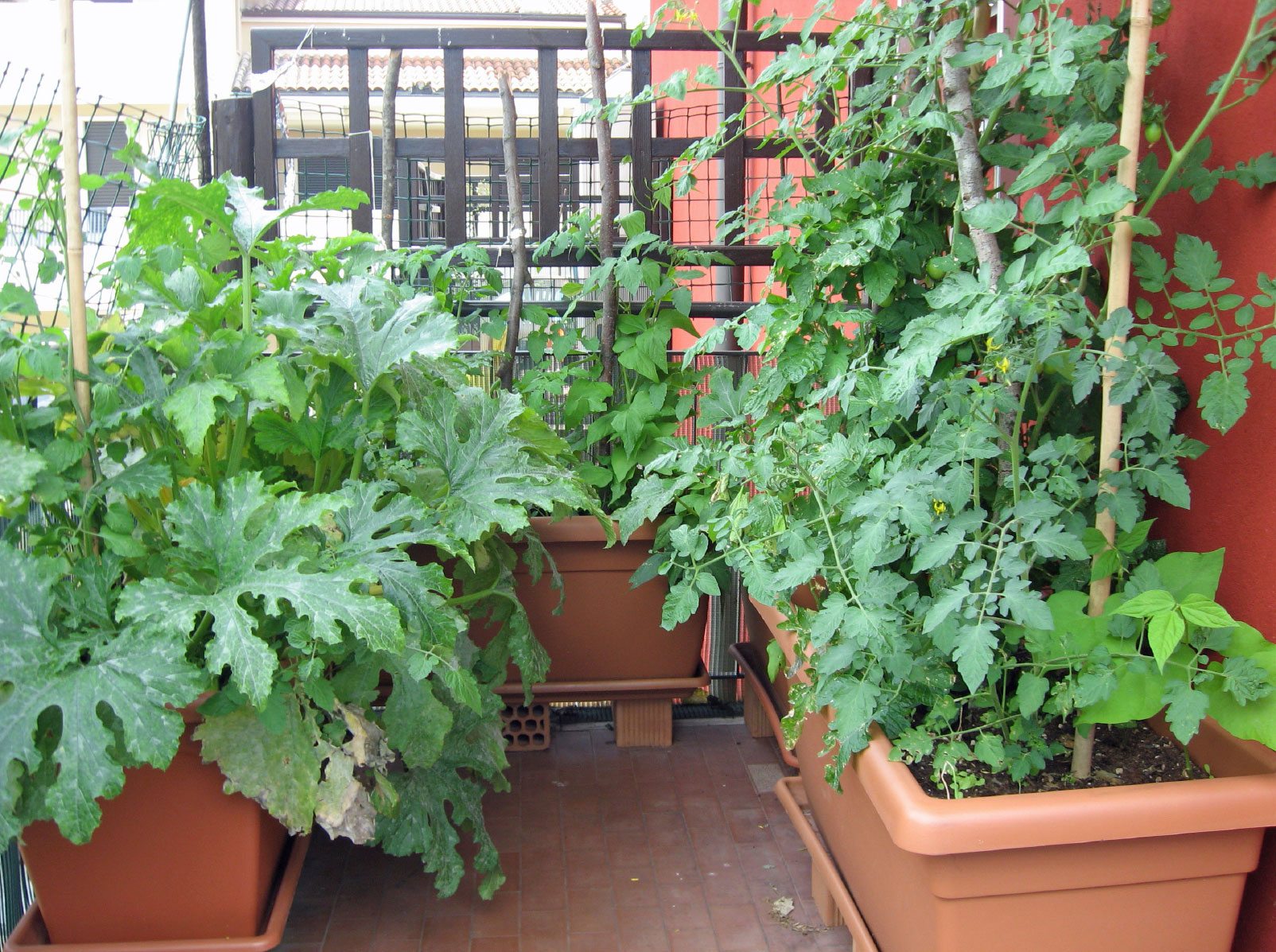City Blooming Can Be Fun For Everyone
The Greatest Guide To City Blooming
Table of ContentsWhat Does City Blooming Do?How City Blooming can Save You Time, Stress, and Money.The Of City BloomingIndicators on City Blooming You Should KnowExcitement About City Blooming
Intrigued in growing food for sale in the City of Chicago? Below is a list of often asked concerns regarding the rules and guidelines that growers ought to think about when preparing a metropolitan farming job.
The zoning modification does not customize any kind of various other codes taking care of composting, building permits, acquiring or leasing City possessed residential or commercial property, organization licenses or ecological contamination. There are existing codes that control these problems and they stay in full effect and may apply to your job. Area gardens are typically owned or taken care of by public entities, public organizations or community-based organizations and kept by volunteers.
Urban farms expand food that is planned to be marketed, either on a not-for-profit or for-profit basis. Due to their business purpose, urban ranches require a company license.
The Ultimate Guide To City Blooming
Composting is permitted yet just for plant material that is generated and utilized on website. The amount of compost product can not go beyond 25 cubic backyards at any provided time according to the requirements in 7-28-715 of the City's Municipal Code. Yes. Due to the fact that the dirt at most brand-new garden websites requires modifying, compost, dirt, timber chips, or other products can be obtained to build or improve the growing room - home and garden.

If a structure license is called for then the hoophouse will be considered an accessory building. You can figure out even more about the structure license needs by calling the Department of Structures. The 25,000-square-foot dimension limitation is meant to protect against a single area garden from dominating an offered block or interfering with the block's existing household or commercial character.
The limit does not relate to yards situated in Public Open Area (POS) districts. Can there be even more than one neighborhood garden that is 25,000 square feet on a solitary block? Yes. The size limitation puts on specific yards, not to individual blocks. No. Fencing is not called for, nevertheless, yards that have large parking lot may be called for to install fence or various other landscape design attributes.
Indicators on City Blooming You Need To Know
B1 & B2 areas require that all industrial use activities be performed inside your home. Is secure fencing needed for metropolitan ranches? Fencings might be called for, along with landscape design and screening, for certain auto parking areas and outdoor work or storage areas depending on location and the specific task taking location.
Yes. Urban ranches call for building licenses and zoning approvals prior to construction. Clicking Here Other forms of city testimonial might be needed relying on specific frameworks, tasks, dimension, landscaping, licensing, public health and stormwater monitoring concerns. A lot of these needs are determined in the job design or allowing procedure, however, the applicant may be liable to individually determine certain licenses or permits that may be required.
Yes. The kind of certificate is figured out by what is occurring at the website. The Division of Business Matters and Consumer Security can assist determine the details kind of service permit that's called for. Yes. Off street auto parking is needed for a lot of business tasks in Chicago. The needed variety of auto parking spaces is based on the variety of workers working on site and not the square footage of the growing room.
The Best Strategy To Use For City Blooming

A metropolitan farm can sell garden compost material created on site, nevertheless, the operation must abide with the guidelines in 7-28-715 of the Chicago Municipal Code. Aquaponic systems are permitted inside your home on urban ranches in several zoning districts.
Up to five hives or colonies of honey might be maintained as an accessory use. Beekeepers should register with the Illinois Division of Agriculture. For additional information regarding the recommended zoning modification you might call the Department of Real Estate and Economic Development, Bureau of Preparation and Zoning at 312.744.8563.
Farming in cities and city areas An urban farm in Chicago. Urban agriculture describes different techniques of cultivating. https://anotepad.com/note/read/ewb5qah3, handling, and dispersing food in city locations. The term additionally puts on the location tasks of pet husbandry, aquaculture, beekeeping, and cultivation in an urban context. Urban agriculture is identified from peri-urban farming, which takes area in rural locations beside residential areas.
About City Blooming
, who seek to develop social networks started on a shared principles of nature and area holism. These networks can develop by means of formal institutional assistance, coming to be incorporated right into regional town preparation as a "change town" activity for sustainable metropolitan advancement.
In either case, the much more direct accessibility to fresh veggie, fruit, and meat products that may be become aware via city farming can improve food protection and food safety and security while reducing food miles, resulting in lower greenhouse gas exhausts, thus adding to environment change reduction. Some of the initial evidence of metropolitan farming comes from Mesopotamia.